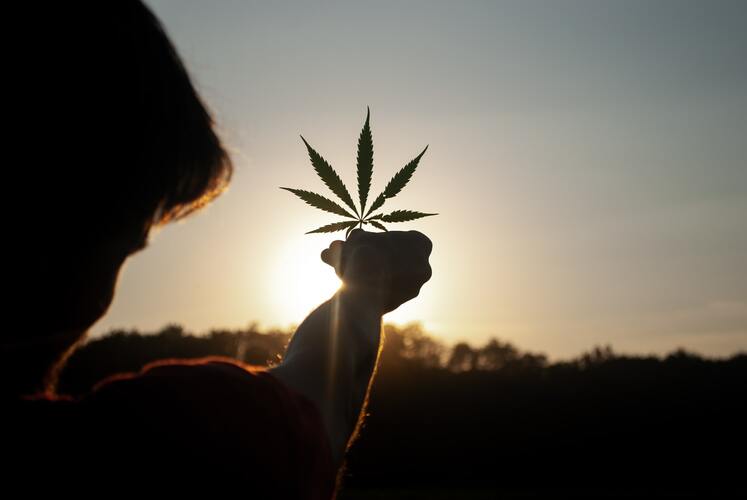
How to Curate the Ultimate LA Weekend with Cannabis
Written by Ben Anderson Nov 13, 2025Welcome to the Best Weekend of Your Life, LA Style
Los Angeles is the land of sunshine, spontaneous road trips, farmer’s markets, and secret beach trails. And when you pair all that with premium cannabis delivered straight to your door by HERB? You’ve just curated the ultimate weekend.
This guide isn’t just about getting high — it’s about crafting a weekend rooted in exploration, relaxation, flavor, and feeling good. We’ll walk you through Friday night to Sunday evening with product pairings, local favorites, and tips for getting the most out of LA’s cannabis-friendly lifestyle.
Let’s plan your perfect LA weekend — no lines, no stress, just good vibes and fast weed delivery Los Angeles residents can count on.


















































































